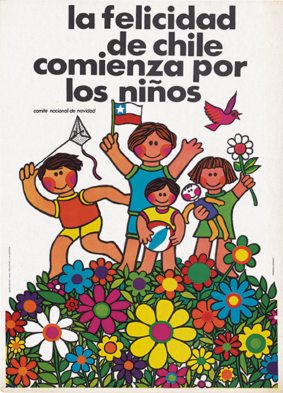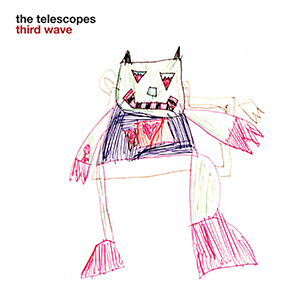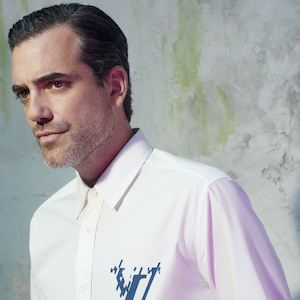WEAVE: Creating Cinema
By Leah Sinclair

Film is in some ways the ultimate medium. Anything that you can see or hear can be incorporated into a single work of art, with each element being a separate thread. So many are needed to make a movie, from ideas, actors, crew members, locations, moments, costumes, music and everything else. Each of these threads are captured and collated and slowly woven together into something way bigger. The process feels endless at times, making new threads and weaving them in to the whole, while continuously working and weaving till it becomes what it’s meant to be. That is exactly how everything came together for ‘This is what it is.’
For my movie I essentially wrote about what I knew. Breaking up, regretting it, running wild, searching for a way through and all the moments in between. I took the threads of my own life and then linked and explored them throughout the movie, expressing the feeling of life as I know it. I wanted to weave silliness and seriousness together so I wrote parts for fantastic actors that I knew would perfectly combine these elements
London became a major presence within the movie. The streets, the bars, clubs and parks all represented the threads of the outer world. While all the tiny moments and emotional processes came together from the inner world. This duality was something Bruce Melhuish, the cinematographer worked hard to capture, creating a whole world, which respected and represented the integrity of each unique thread. Each element would be meticulously picked at and weaved to form this ongoing story, We shot the first act of the film in winter. The second in summer and the final act in spring. I learnt so many lessons from creating this film, but the most important was that bare honesty produced the best work. Whenever the script lapsed into fakeness, scenes would suffer, and I realised early on that the truth is the most valuable resource an artist has.
It was incredibly hard. The price was fantastically high, but we did it. So many feelings that only existed in my heart or head are now out there on the screen. All woven together into something visual, where everyone can see and experience it. Who knows, maybe some people will even recognise themselves within the film. That means more to me than I can possibly express, and that is why I will never stop making films. – Cristian Solimeno
http://www.cristiansolimeno.Apocalypse Now (1979)
Apocalypse Now is infamous for its incredibly difficult production. From the Typhoon Olga, which destroyed the set and ruined one month’s worth of shooting, to Martin Sheen’s heart attack, this Francis Ford Coppola movie went through it all. Beyond the production issues, deeper problems evolved. After putting millions of dollars into this project, Coppola’s mentality was at an all time low, facing bankruptcy in his personal finances and for the entire project.
The Abyss (1989)
The Abyss took an extreme mental and emotional toll on the actors and director James Cameron. The six month, 70 hour a week shoot had many incidences, including Ed Harris nearly drowning and Mary Elizabeth Mastrantonio storming off the set screaming “We are not animals!” The difficulty of constantly filming underwater was the biggest challenge of them all, as the average time people were spending submerged was five hours, which required for them to undergo decompression before getting out. This lead to many emotional breakdowns of anger, sadness and frustration.
American History X (1998)
Beyond this critically acclaimed film, creative control within ‘American History X’ was a huge fight amongst actor Edward Norton, Red Line cinema and eccentric director Tony Kaye. From a $200 million lawsuit, to multiple edits of the film, American History X waged war amongst those involved, and ignited a discussion between the creative control of the director and the impact that cinema production should have on the creative vision of a movie. In the end, Kaye did not even want to be associated with the flick, going as far as trying to remove his name from the credits.
Boyhood (2014)
As a film which depicts the growth of a boy from age 6 to 18, director Richard Linklater wanted to capture the process of growing up as realistic as possible. This made for an incredibly difficult process, including bringing a group of actors together for a week every year for twelve years in order to chart Mason’s (Ellar Coltrane) life.
Northern Soul (2014)
Award-winning photographer Elaine Constantine made her first director debut with ‘Northern Soul.’ Recreating the 70’s era on a tight budget, Constantine tells the story of two friends whose horizons are opened by the discovery of black American soul music.
The production during ‘Northern Soul’ was tough, with scenes being filmed in actual houses, to Constantine selling personal items to stay afloat. This dedication to the film is shown throughout, and has produced a moving film which was worth the difficult times to create it.










